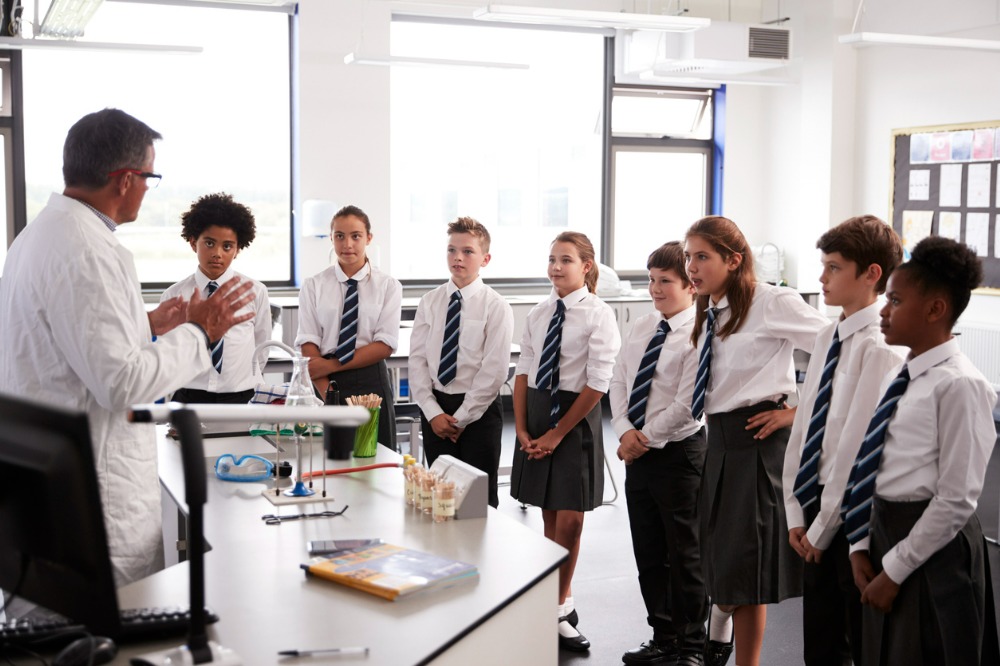
Australian students rank amongst the highest in the world for creative thinking, according to the latest Programme for International Student Assessment (PISA).
The PISA 2022 Creative Thinking assessment, released by the Organisation for Economic Co-operation and Development (OECD), measures students' ability to generate, evaluate, and improve ideas for effective solutions and imaginative expressions.
A growing body of evidence shows curiosity is associated with greater psychological wellbeing and leads to more enjoyment and participation in school and higher academic achievement, prompting experts to call for a greater focus on this area in classrooms.
After analysing the results from over 81 countries and economies around the world, Australian students were found to be 4th in overall country performance in creative thinking, performing better than expected compared to their prior PISA mathematics and reading outcomes.
Students in Singapore showed the highest levels of curiosity, followed by South Korea and Canada. Students in the Netherlands showed the lowest levels of curiosity overall.
The study found that girls are far stronger at creative thinking than boys in every OECD country globally, a trend one expert says has a lot to do with where boys focus in their studies.
“The reason boys fall behind girls with respect to creative thinking is that boys tend to focus more on STEM subjects, or other areas of study that de-priorities creative thinking,” David Cropley, Professor of Engineering Innovation at the University of South Australia, wrote in MCERA on Tuesday.
“We need to continue to prioritise creativity across the curriculum - especially at all stages of the curriculum, especially in years 11 and 12.”
Professor Cropley pointed out that while the report shows that Australia has made a very good start, compared to other OECD countries, it should not rest on its laurels.
“We should continue to drill deeper and take the next steps to ensure that Australian students are prepared for the future of work with well-developed skills in creative thinking.”
Jihyun Lee, Professor of Educational Assessment and Measurement in the School of Education at UNSW Sydney, was involved in preparing the questionnaire framework for these PISA results. She says while this news is positive, it is not too surprising.
“The Australian education system values individual opinions and employs strong pedagogical approaches in ill-structured learning through problem-based learning and project-based learning, which are geared towards developing critical and creative thinking in students,” she said.
“We cannot rule out the cultural bias that may have worked positively towards Australian students in terms of the scoring of ‘what is creative.’ Scholars have expressed concerns about cultural bias favouring English-speaking countries in the scoring system for creativity.”
Professor Lee said the trend of girls performing better has been observed for some time.
“Girls tend to be more conscientious, more motivated to do well, more inclined to be successful, and more willing to align their values with the system requirements,” she said.
“Taken all these points together, it appears that creativity can indeed be nurtured in the Australian educational system.”


